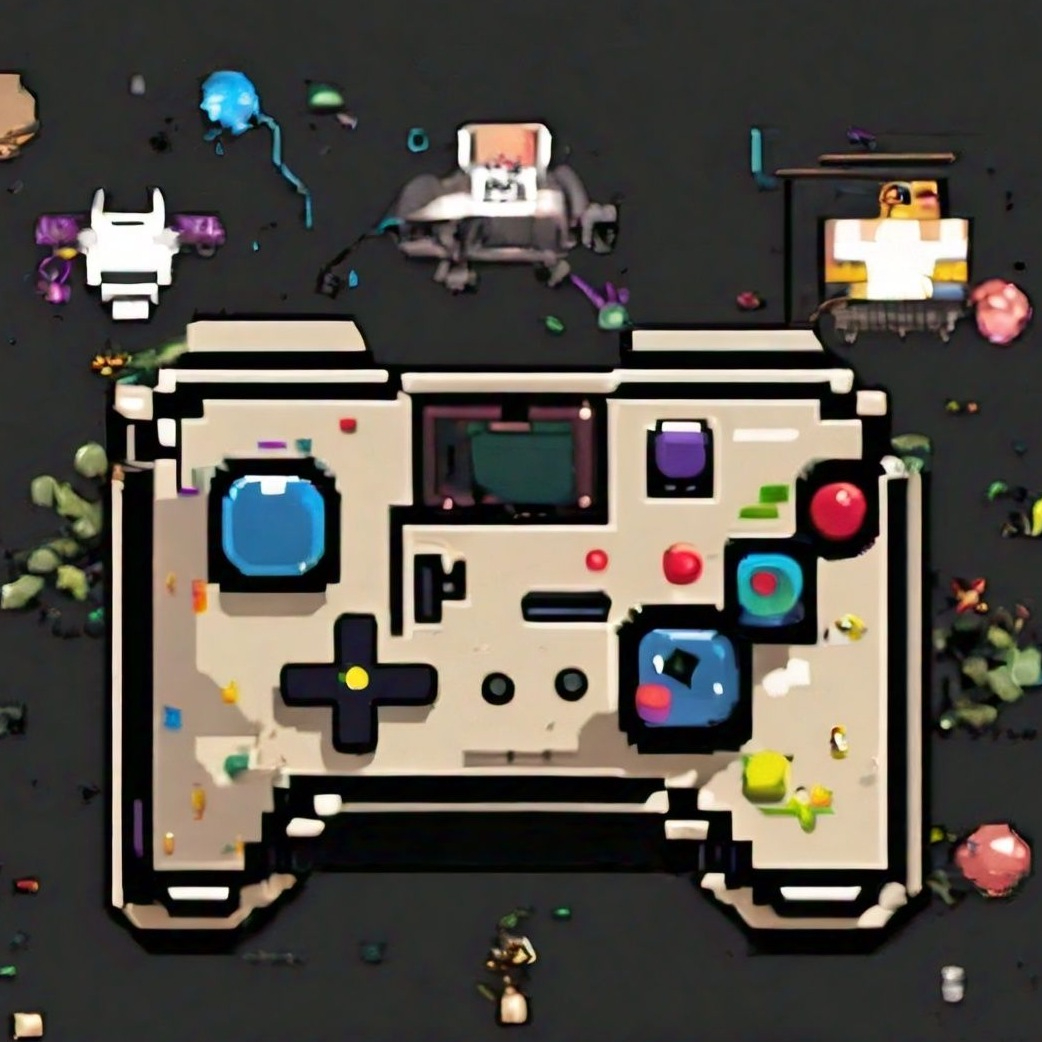262 reads
An IDE Plugin for Gamified Continuous Integration: Intellij Plugin for Gamekins
by
May 10th, 2024
Audio Presented by

Gamifications unlocks engagement secrets, merging playful design and tech to turn the ordinary into the extraordinary.
Story's Credibility

About Author
Gamifications unlocks engagement secrets, merging playful design and tech to turn the ordinary into the extraordinary.